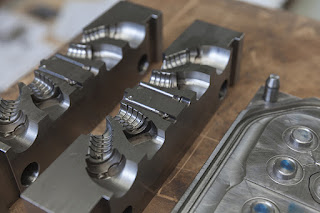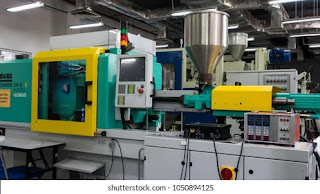3 Essential Tips to Consider Before Starting a Plastic Molding Project:

Plastic molding, often known as injection molding, is a manufacturing technique used to create parts in large quantities. When a part needs to be produced dozens or even millions of times, it is used. First, to create a mold for plastic molding, there are two separate parts: a fixed portion and a moving part. The elements must be easily injected into the mold, which must be designed so that it can be put in an injection molding machine that firmly pushes the two sections together. The material is then poured into an endless screw that is heated while being formed into pellets. The pellets are converted by the screw into a molten, formable plastic substance that is kept at the front screw prior to injection. To ensure that the mold is filled before the material solidifies, the material is injected under intense pressure and heat. Finally, the material is cooled and taken out of the mold before the procedure is repeated. Injection molding offers numerous advantages. The ability to manu



